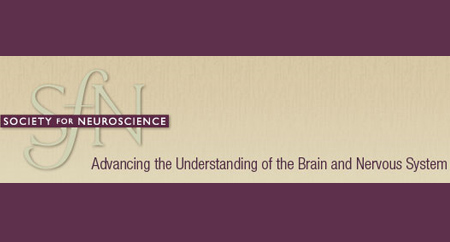It is said that the brain takes a fraction of a second to recognize the sensation of a touch, sound or sight. According to a new study, individuals that have been blind since birth are capable of sensing tactile information faster as compared to those with normal vision.
Researchers led by Daniel Goldreich, PhD, of McMaster University, attempted to understand whether individuals who rely on a particular sense just the way that blind people depend on their sense of touch could process the detection faster. In this study, they tested the tactile skills of 89 people with sight and 57 individuals who displayed varying levels of vision loss.
“Our findings reveal that one way the brain adapts to the absence of vision is to accelerate the sense of touch,” stated Goldreich. “The ability to quickly process non-visual information probably enhances the quality of life of blind individuals who rely to an extraordinary degree on the non-visual senses.”
The respondents were asked to distinguish the movements of a small probe that was being tapped against the tip of their index fingers. The results were the same for both the groups when they performed simple tasks like detecting small taps from the stronger ones. However, it became difficult when the small tap was just about followed by a larger and longer-lasting vibration. This vibration hindered with most volunteers’ ability to distinguish the tap, such a phenomenon is called masking. The 22 individuals who had been blind since birth performed better than those who had become blind later in life and those with vision.
“We think interference happens because the brain has not yet completed the neural processing required to fully perceive the tap before the vibration arrives and disrupts it,” added Goldreich. “The more time between the tap and the vibration, the more formed the perception of the tap will be, and the less interference the vibration will cause.”
The researchers counted the least amount of time required by participants to comprehend the sensory input by altering the phase between the tap and the vibration. It was discovered that congenitally blind individuals required lesser time intervals then the other. In fact these were the very people who could read Braille the fastest. Another key factor that was noticed was that each blind person’s perception time was roughly similar to the time he or she took to move their finger from one Braille character to the other whilst they read.
Richard Held, PhD, of Massachusetts Institute of Technology, known to be an expert in the brain and visual development, who is unaffiliated with the study proposed that a deficit of visual experience alter the way the information obtained by touch is processed.
“The heightened skill of tactile integration seems to account for the remarkable speed of Braille-reading demonstrated by some congenitally blind individuals,” elucidated Held. “This work constitutes a solid step forward in our understanding of the interaction between senses.”
The findings imply that early onset of blindness leads to quicker comprehension of the sense of touch. Although it is unclear whether this is due to the brain adapting to the absence of vision a phenomenon known as plasticity or due to a lifetime of Braille practice.
The study has been published in the October 27 issue of The Journal of Neuroscience.

